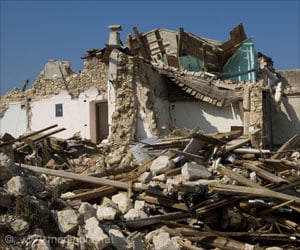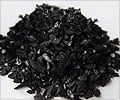
"Since the emissions today are three times higher than they were in the 1960s, this increased uptake by land and ocean is not only surprising; it is good news," said study co-author Richard Houghton, senior scientist at Woods Hole Research Center at Massachusetts in the US.
"Without it, the concentration of CO2 in the atmosphere would be twice what it is, and climate change would be much farther along. But, there is no guarantee that it will continue," Houghton cautioned.
Since 1956, when the monitoring of atmospheric CO2 concentrations began at Mauna Loa Observatory (MLO) on the island of Hawaii, many more stations have been added to measure the amount of carbon in the atmosphere and how it varies seasonally and geographically.
"There is no question that land and oceans have, for at least the last five and half decades, been taking up about half of the carbon emitted each year," Houghton said. "Most of the processes responsible for that uptake would be expected to slow down as the Earth warms, but we have not seen it yet," Houghton noted.
The researchers conclude that the greater certainty in atmospheric carbon measurements has led to an increased certainty in the calculated rate of carbon uptake by land and oceans. Monitoring that uptake year by year is critical for understanding the carbon cycle and for knowing how to deal with it.
Advertisement
Source-IANS









